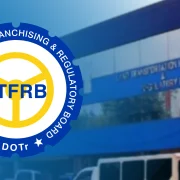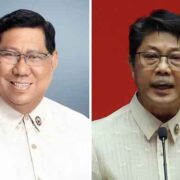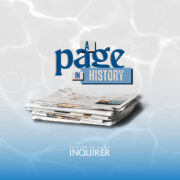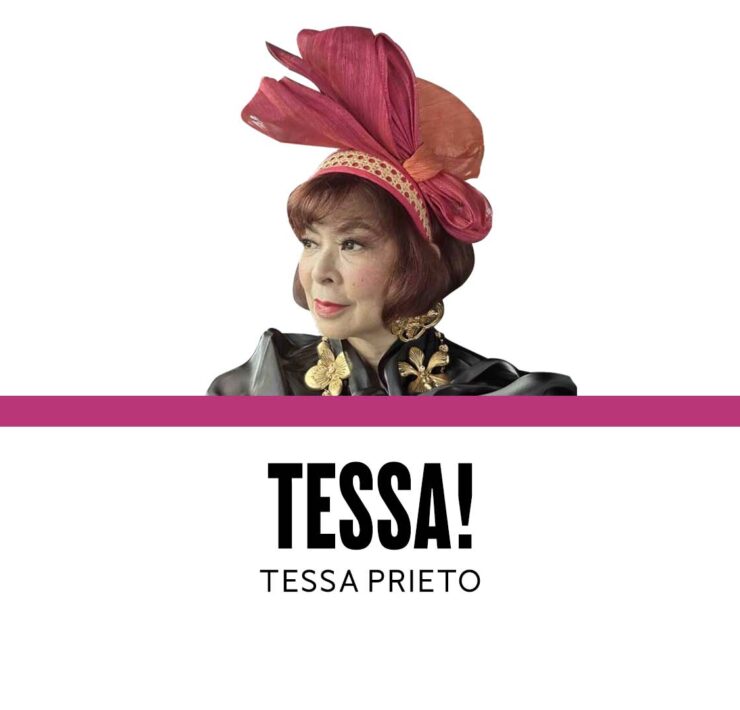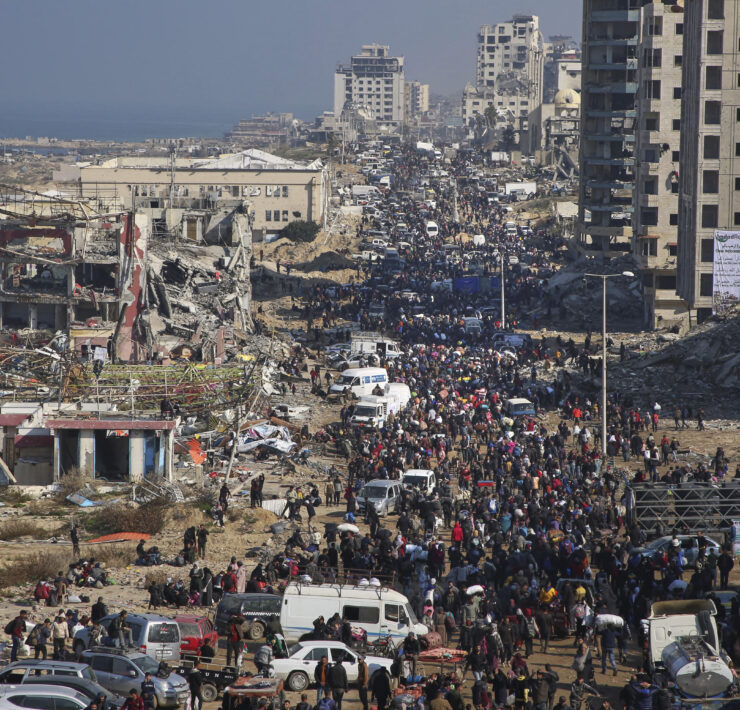12 essential reads by Filipino authors
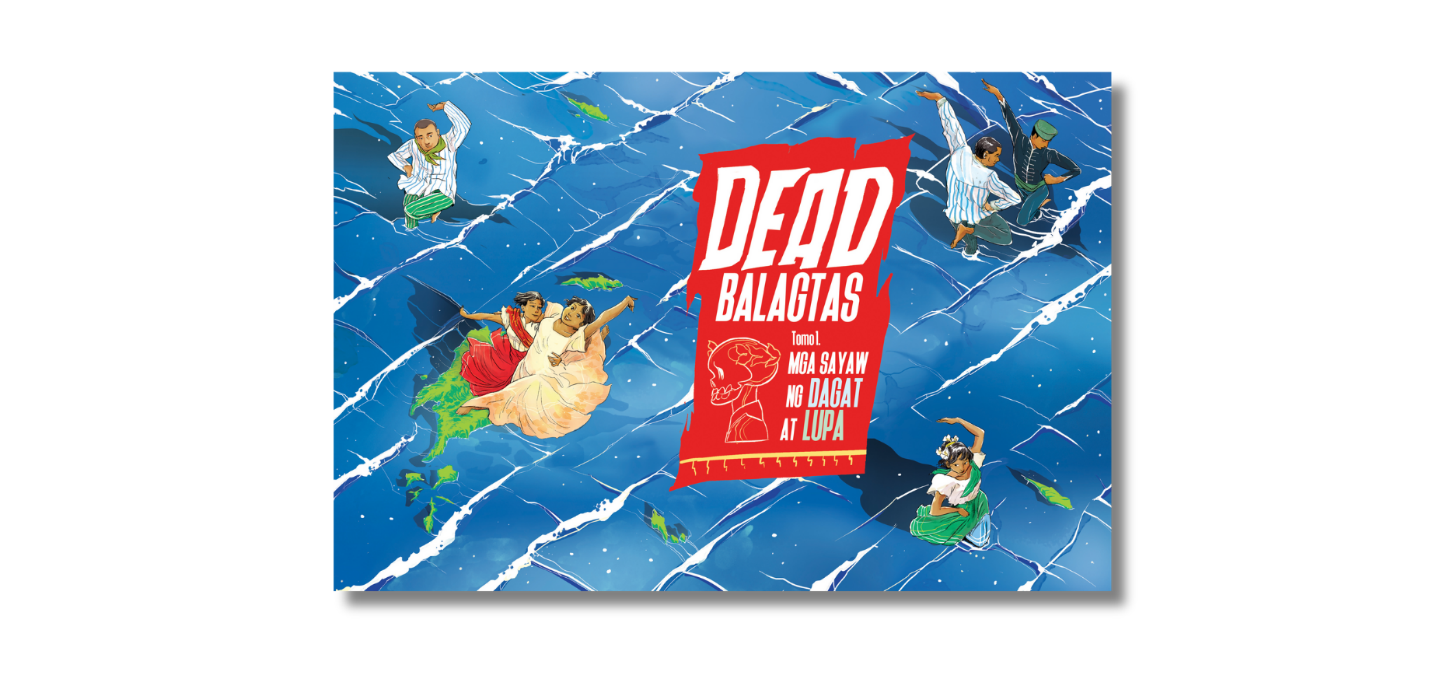
Nothing is more exciting than discovering a book you haven’t read before—more so when the book is written by a Filipino author, adding a sense of cultural connection and Filipino pride. These books open our eyes to the richness of our culture, help us confront truths in our society and history, and render us whole as storytellers, bookworms, and, most significantly, as Filipinos.
This August, Fully Booked is highlighting Filipino works for its #DiscoverFilipinoReads campaign, but they’re worth exploring all year round.
1. “The Woman Who Had Two Navels” by Nick Joaquin
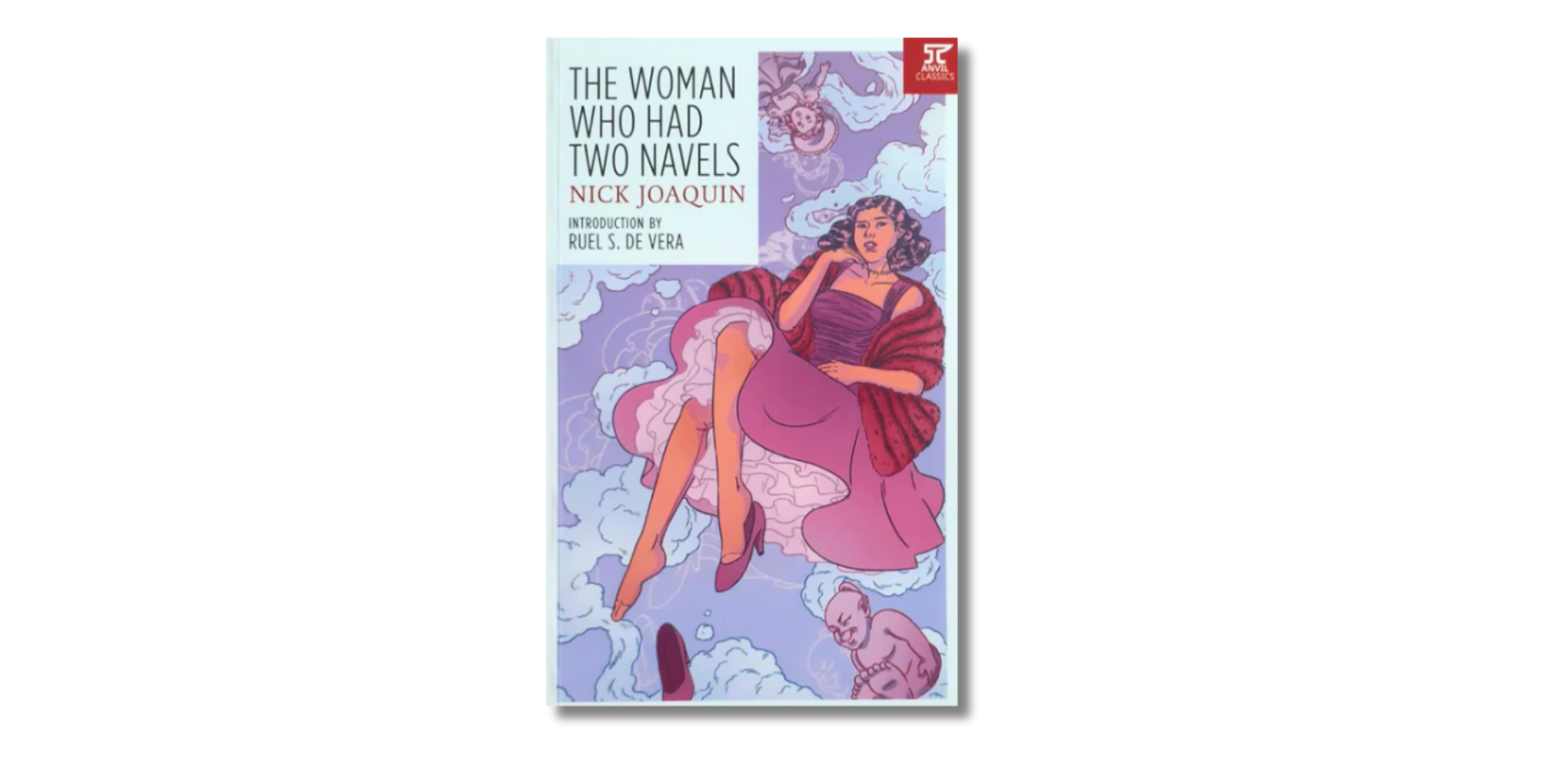
This masterpiece begins with a most mysterious conundrum: An elite lady named Connie Escobar claims to have two navels and asks a family friend, a horse doctor, for help. What ensues is an unraveling of Connie’s traumatic childhood and a mesmerizing examination of the Philippines’ tumultuous past, interweaving history and memory in all its glory, decay, and magnificence. Sixty-three years since its publication, Joaquin’s sharp observation of the Filipino people and what ails us still rings true.
2. “Lolo’s Sari-Sari Store” by Sophia Lee
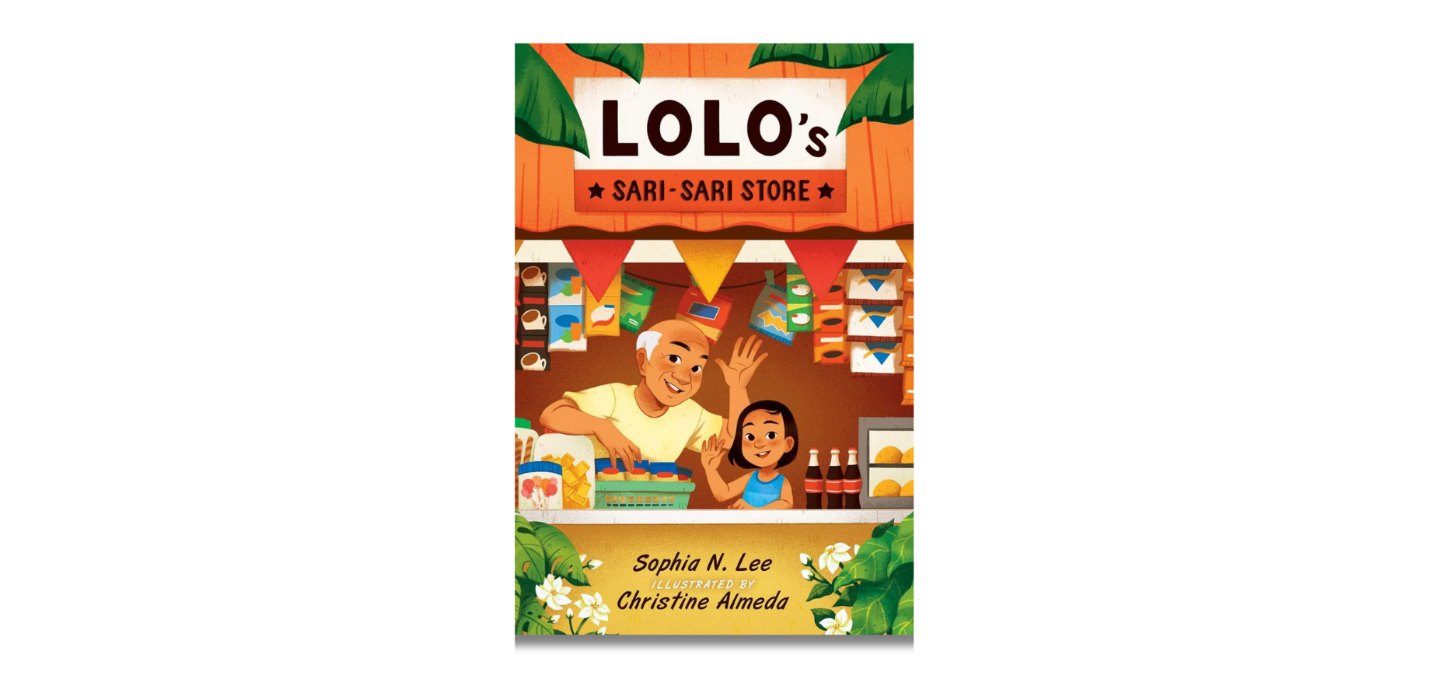
In this gentle and wise picture book, a young narrator recounts the summers when she helped out in her lolo’s sari-sari store. Illustrated by Christine Almeda, it brims with kindness and warmth, just like a piece of freshly baked pan de sal, the young narrator’s favorite.
3. “Songs of the Mango and Other New Myths” by Vida Cruz-Borja
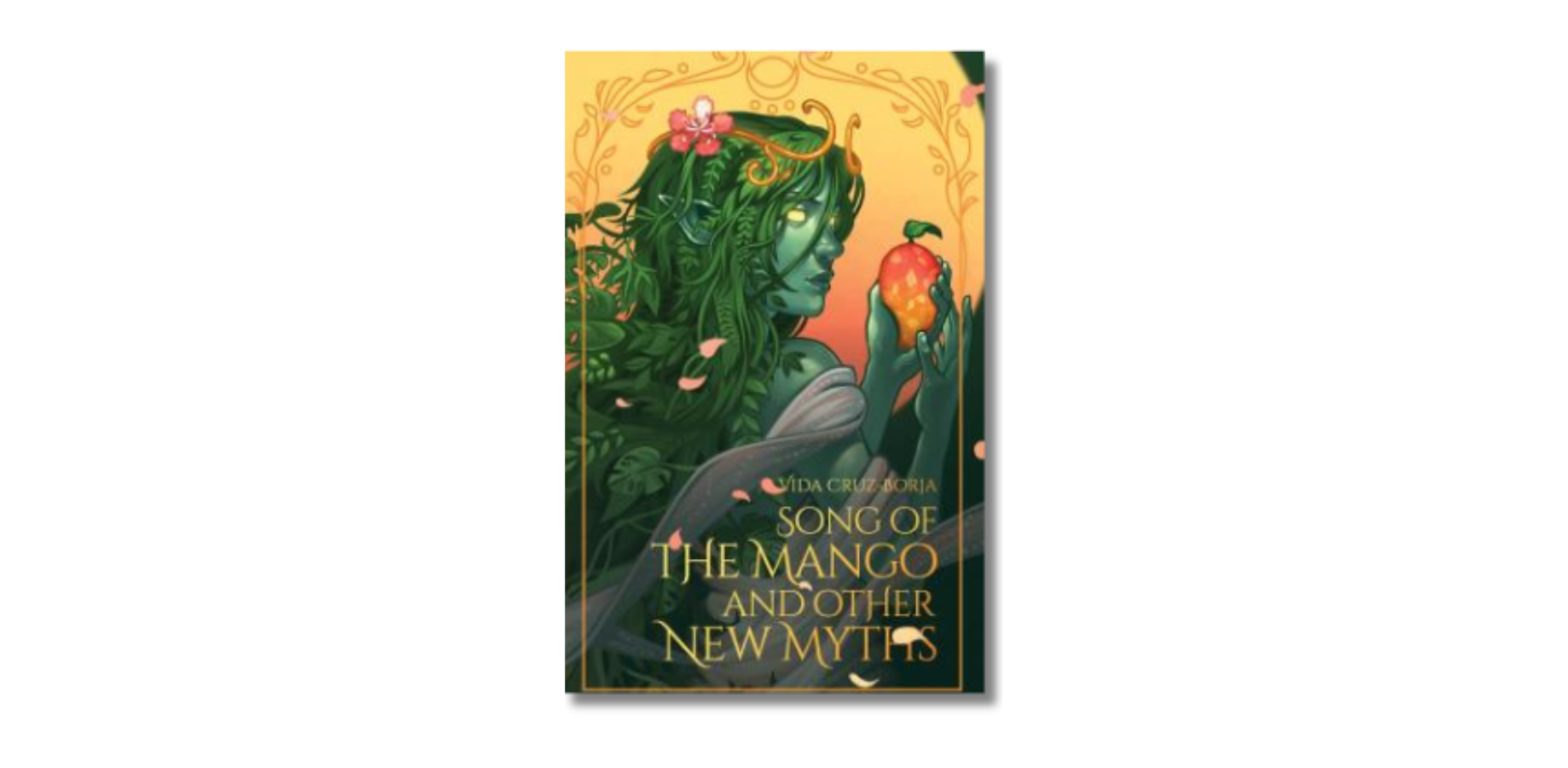
Readers are treated to 15 magical and spellbinding stories in which characters—both humans and extraordinary creatures—strive for a just and equitable world.
4. “Gapo” by Lualhati Bautista
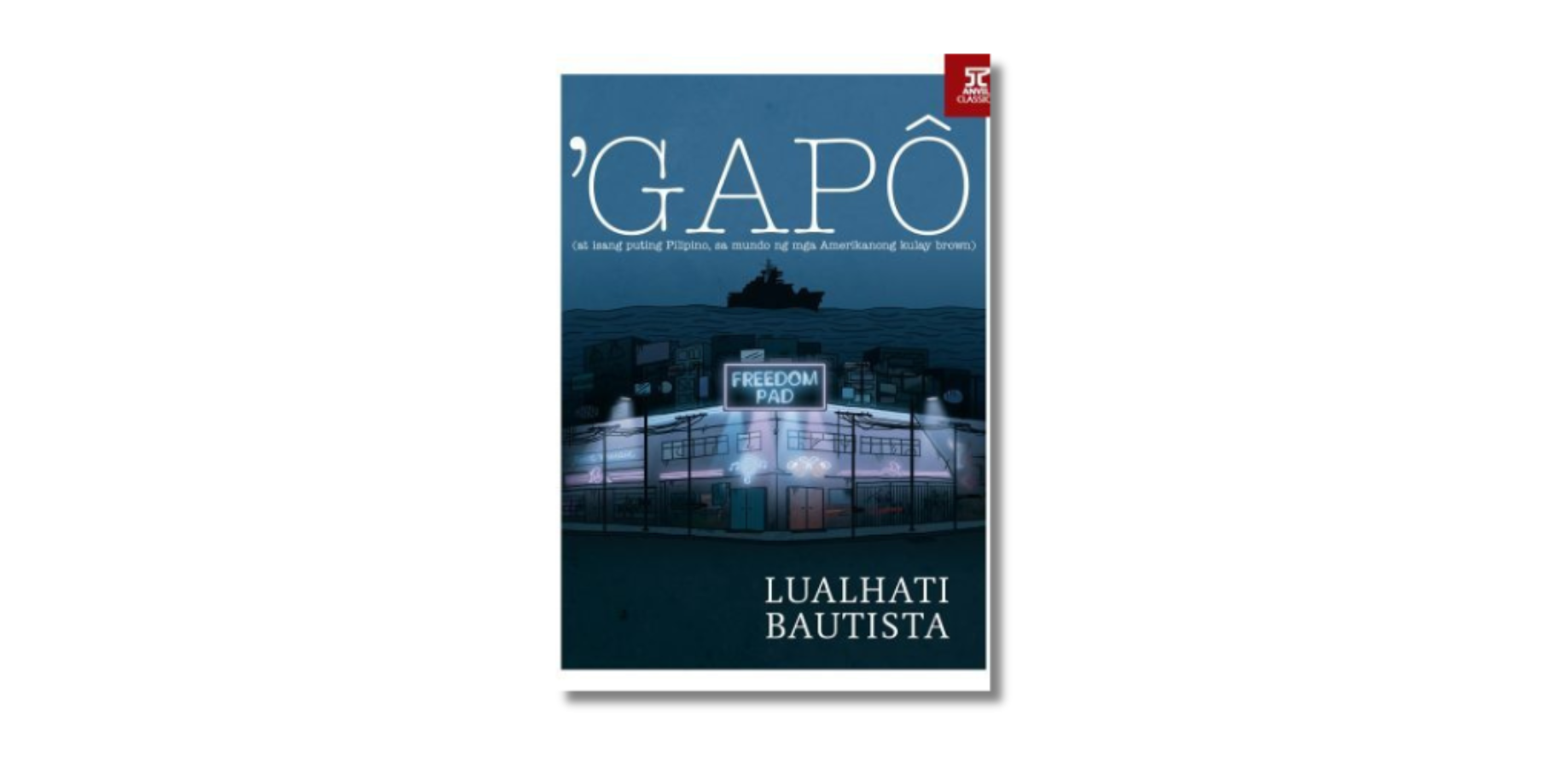
“Gapo” takes us to Olongapo, a former military reservation for the US Navy, where we meet various characters whose lives are affected by its presence. Michael is an Amerasian, a GI baby, coming to grips with his abandonment and split identity. Magdalena, meanwhile, is infatuated with Americans and desires to marry an American. Modesto is a worker inside the military base who bears witness to the oppression of the locals by the Americans.
5. “Tiempo Muerto” by Caroline Hau

Lyrical and arresting, with sharp-as-a-needle prose, Hau crafts a story about two women living vastly different lives—Racel, an OFW working as a nanny, and Lia, a wealthy heiress trapped in an unhappy marriage.
6. “All the Lonely People” by Kannika Claudine Pena

Pena crafts a melancholic world in which six characters lose not only everyday tiny objects but also a part of themselves. All the characters deal with grief, loss, and heartbreak while trying to survive the unrelenting clutches of Metro Manila.
7. “Tikim: Essays on Filipino Food Culture” by Doreen Fernandez
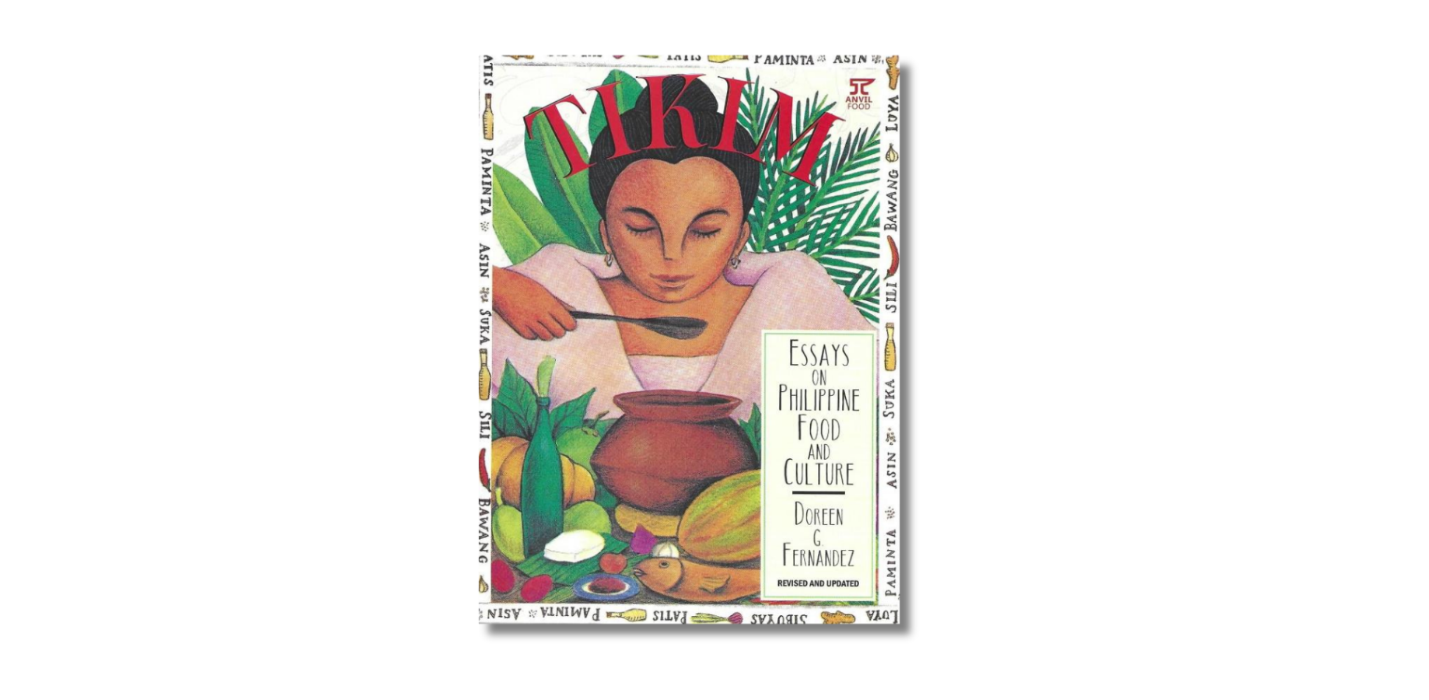
This book is a gem for every Filipino who loves food and seeks a deeper understanding of Filipino food culture. From Luzon to Visayas and Mindanao, Fernandez documents the rich culinary history of the Philippines through its feasts, people, places, and history, and digs deep into the human experience.
8. “Dead Balagtas” by Emiliana Kampilan

Through breathtaking visuals and lively lines, Kampilan interweaves the tectonic shifts that gave birth to the Philippine islands with three vibrant tangled love stories that entertain as well as touch on social issues.
9. “Why Keanu Reeves is Lonely” by Simeon Dumdum Jr.
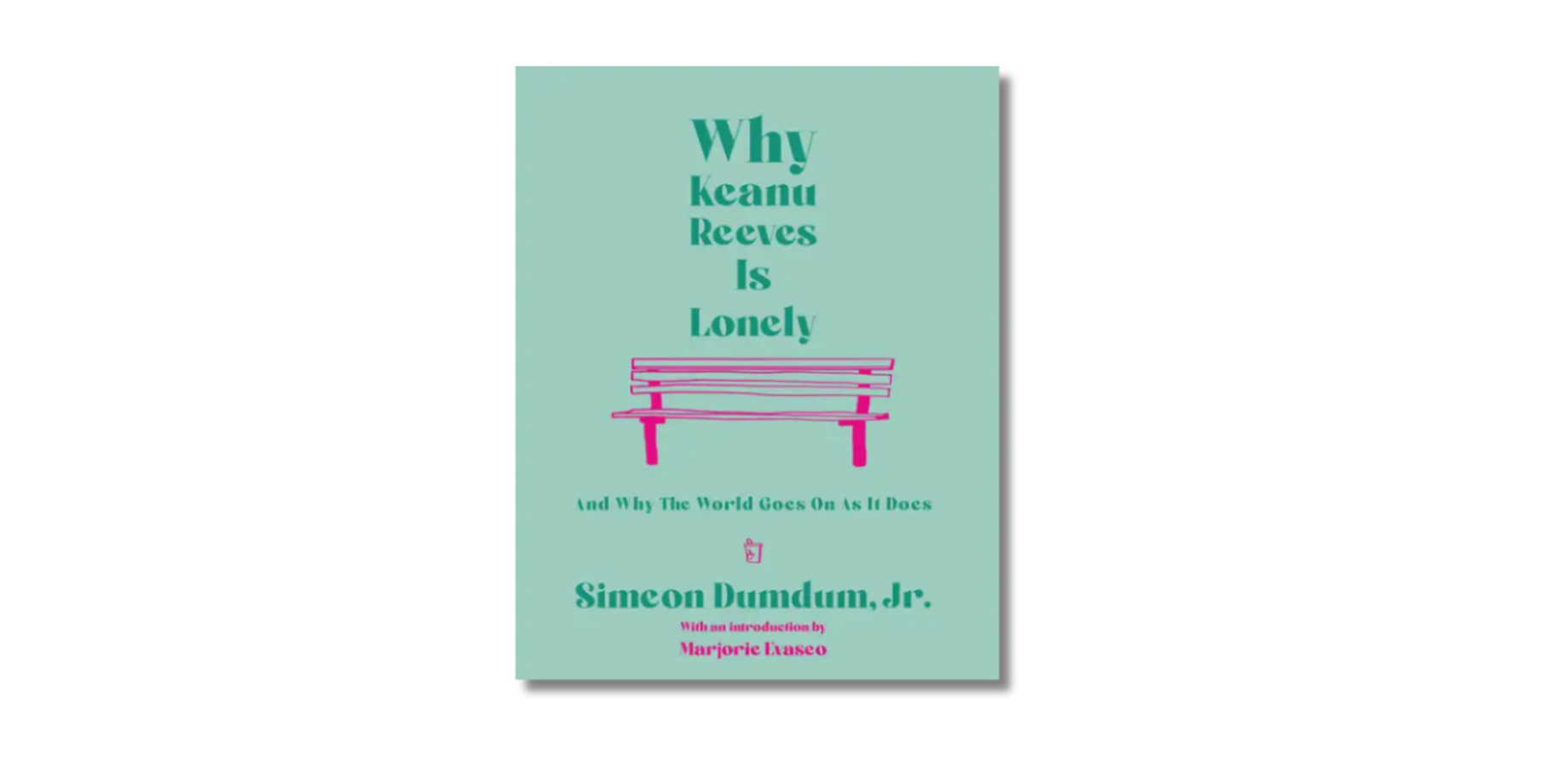
With this hardcover poetry book that fits in the pocket with ease, you can sit beside Keanu Reeves himself and contemplate life together. This treasury of jewel-like poems is the perfect companion whenever you’re in the mood for introspection.
10. “The Ultimate Filipino Adobo” by Claude Tayag
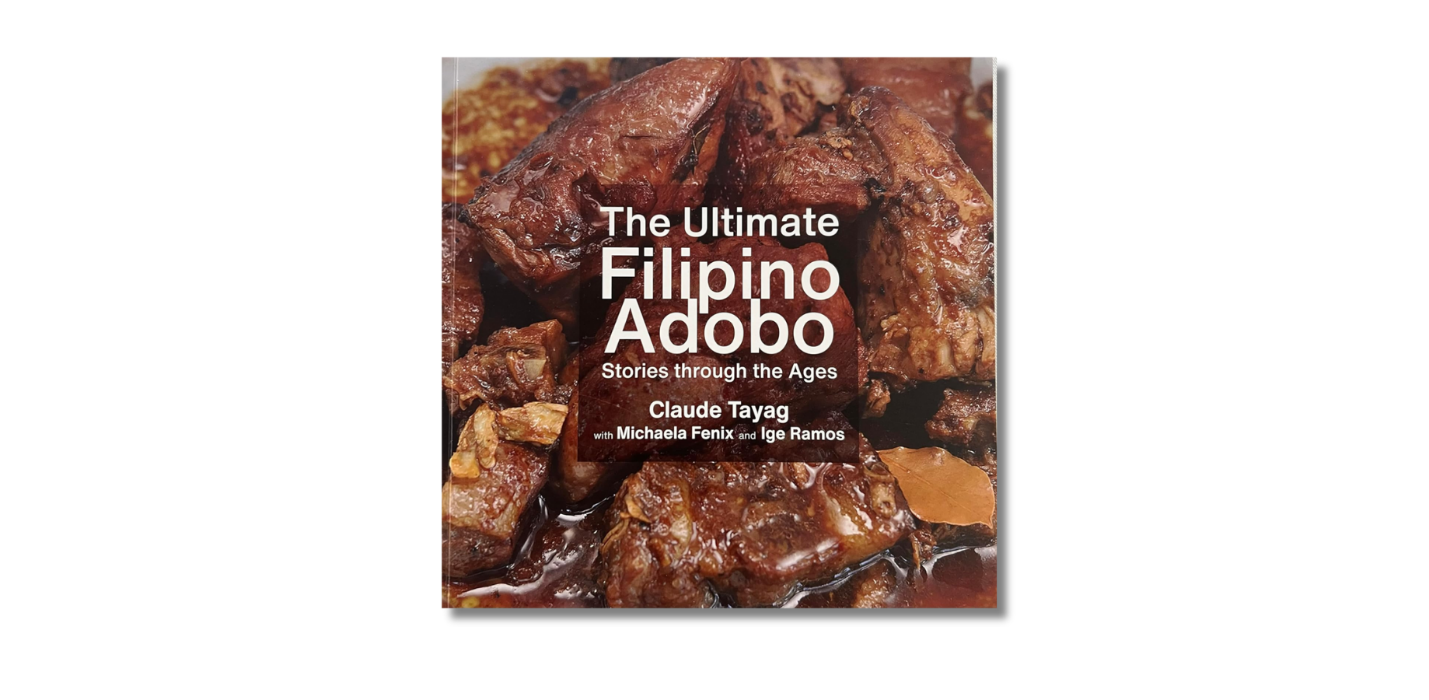
Tayag deep-dives into the rich historical and cultural roots of adobo. Here, he takes readers on an all-encompassing journey—from the pre-Hispanic era to adobo’s evolution through time. He shines a light on regional interpretations and, ultimately, on how adobo has shaped Filipino identity.
11. “Para Kay B” by Ricky Lee

This bestselling book by National Artist Lee can stir deep emotions even in the most disillusioned hearts. The unnamed narrator shares his intriguing theory: love has a quota, and among those who fall in love, only one out of five will find happiness.
12. “The Three-Cornered Sun” by Linda Ty-Casper
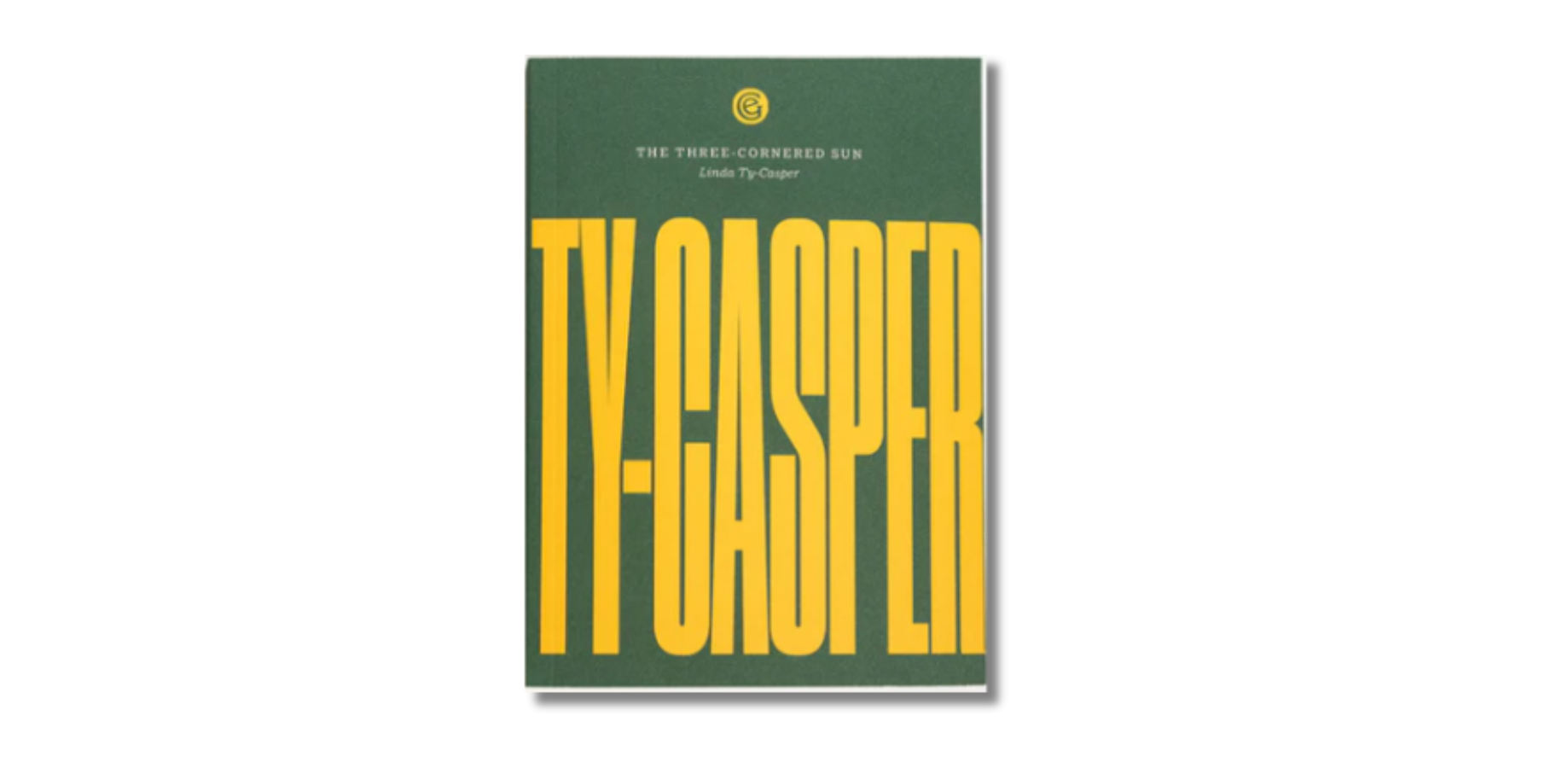
Filtered through the recollections of the author’s grandmother, it tells the story of the Filipinos’ attempt to redefine themselves during the Spanish Revolution. Notable figures in Philippine history, such as Andres Bonifacio and Emilio Aguinaldo, make appearances.







